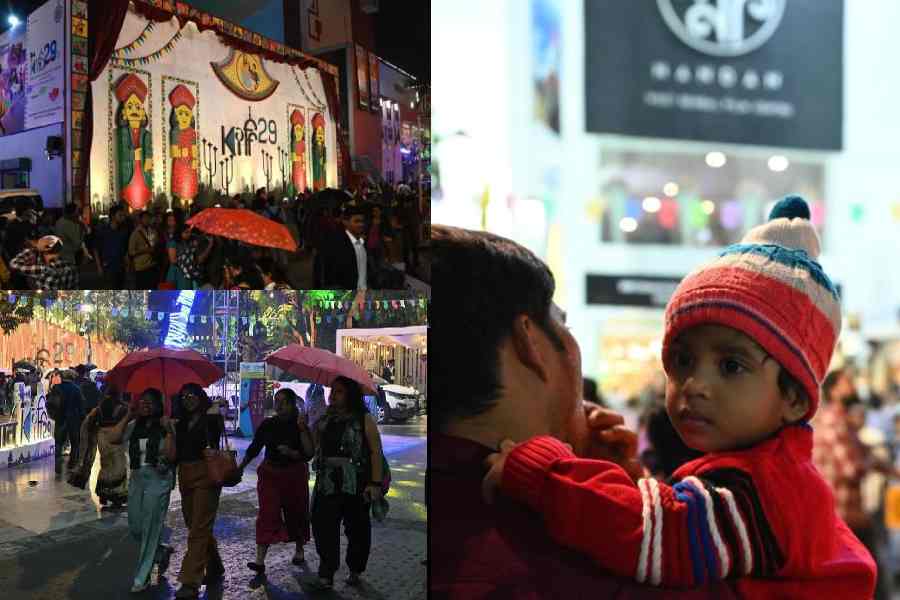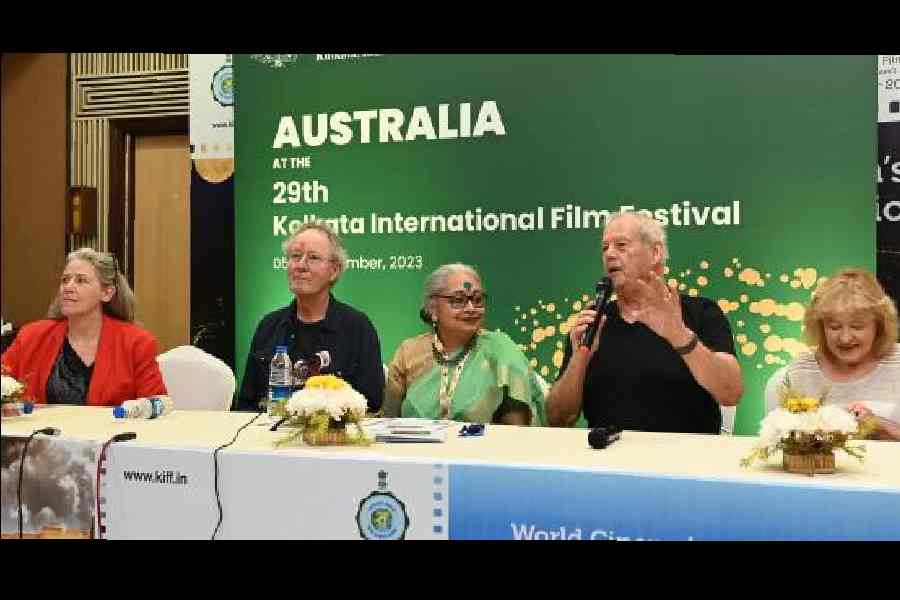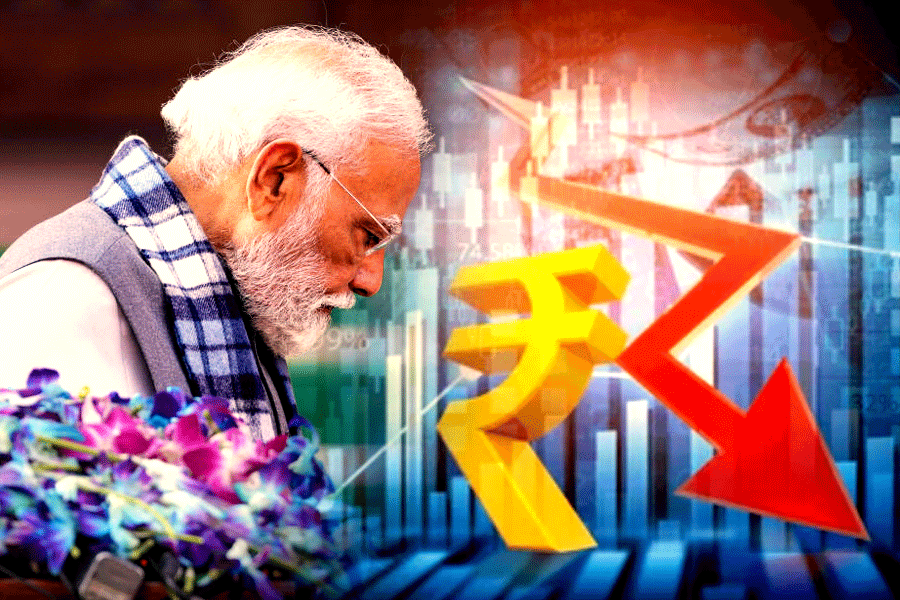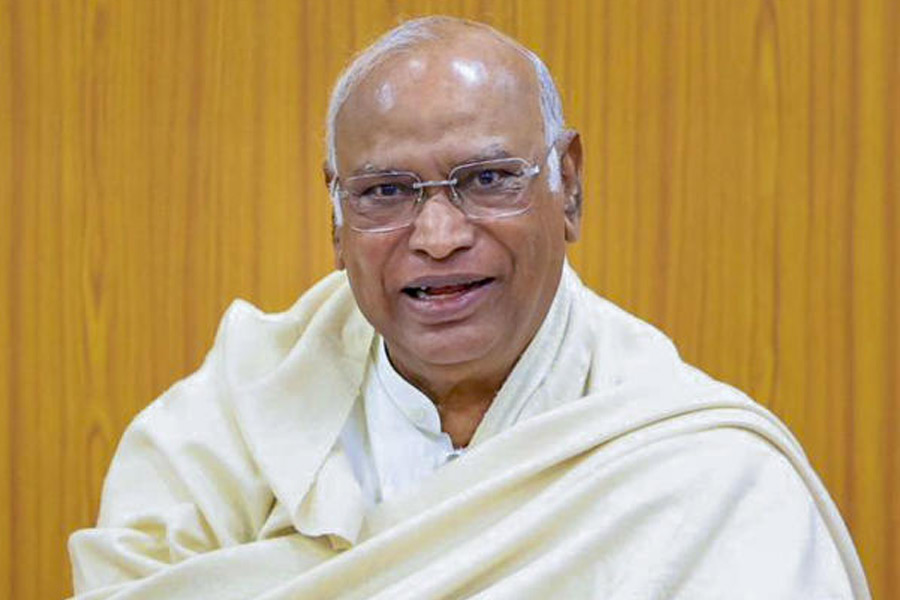With Australia being selected as the special focus country in the 29th Kolkata International Film Festival, the Australian consul general in Calcutta hosted a delegate meet on December 6 at the Kolkata International Film Festival. The meet highlighted the Australian films scheduled for screening at the film festival, the status of the Australian film industry and revealed the Australia-India audio-visual co-production agreement. The panel graced by Australian filmmakers Bruce Beresford and Rolf de Heer and Australian consul general in Calcutta Rowan Ainsworth was moderated by Ananya Chatterjee Chakraborty of KIFF.
Chakraborty introduced the panel and pointed out how the Netherlands-born director Rolf de Heer “gives voice to the voiceless” through his films. Talking about his work, Heer said: “My work is writing and producing films. I care about the subject matter. It is a contribution rather than a distraction.”
Bruce Beresford also shared his story of wanting to be a filmmaker. “That’s all I ever wanted to do since I can remember. I used to sneak out of kindergarten and go to the mountains to see the people come out of cinema. That’s when I decided I want to tell stories to people through cinema, stories that move you personally and strike your heart. People interest me, the character interests me and I want to tell a story that means something to me,” said Bruce.
Talking about Heer’s work, Chakraborty mentioned the compassion that is required for a first-nation person to tell a story on racism and people’s suffering and how over 20 per cent of Heer’s work is based on racism or the indigenous people. “I understand I have it (compassion) in a way. Racism is as much a White problem as it is a problem of the people of colour. It is one of the things in life that damages things much. Socially, it is one of the most important issues that we have. Even as a young child I knew it was not okay. I was five and we went from Holland to Indonesia and stopped in Pompeii. Seeing Pompeii in the mid-50s moved me and my way of looking at people,” shared Heer. Talking about contemporary times, he added: “Some people are more enlightened and others choose not to be. In Australia, it felt like we are headed towards the light but we are yet to see the worse.”
MOODS AND MOMENTS OF DAY ONE AT KIFF

Even the incessant drizzle and sudden downpour couldn’t dampen spirits of the Calcutta cine lovers who gathered at the Nandan premises to watch films from all over the world being screened at the 29th Kolkata International Film Festival. From ages six to 60, people showed up with equal enthusiasm
Six of Bruce Beresford’s films have been scheduled for screening at KIFF this year. Talking about his films, Beresford said: “The best is Driving Miss Daisy. Growing up in America, it is very honestly written. We filmed it in Atlanta. It is amazing how truthfully he captured life. It was a warm friendship between the Jewish elderly lady and the Black driver. In India it was big. The other is Mister Johnson, which was made in Nigeria. I found it a touching story but a rather tragic story in the long run. Black Robe is a true story. It is set in North America in 1629. There is a clash of cultures between French and Indians. It is serious but entertaining.”
Talking about the Australian film industry at present, Beresford briefly mentioned: “It is thriving and during Covid a lot of American people came to make their films in Australia.” Both directors being first-time visitors in Calcutta, Chakraborty asked them about their interest in Indian cinema. While Beresford was quick to mention his liking for Lagaan and the songs in Indian films that he finds charming. But both mentioned how they were inspired by the Apu Trilogy by Satyajit Ray. “I was recently asked about my top 10 films and my number one was Apur Panchali. It is a great film,” said Beresford. Heer agreed and also mentioned his liking for Shyam Benegal films.
While Beresford shared a humorous anecdote on how he started his career in the entertainment industry by playing a missionary in plays because he wanted to join the film industry while staying in Nigeria, Heer shared an interesting fact about himself as a director. “I make it a point to not watch movies while making a film as that makes me depressed. If I see a good film, I feel how I can make my film like this. If I see a bad film, I feel how can I make my film better than this,” said Heer.
As the discussion progressed into the process of making low-budget films, Ainsworth mentioned the recently signed Australia-India audio-visual co-production agreement. “Australian producers can come to India and Indian production houses can go to Australia… it will facilitate more creative collaboration,” she said.











